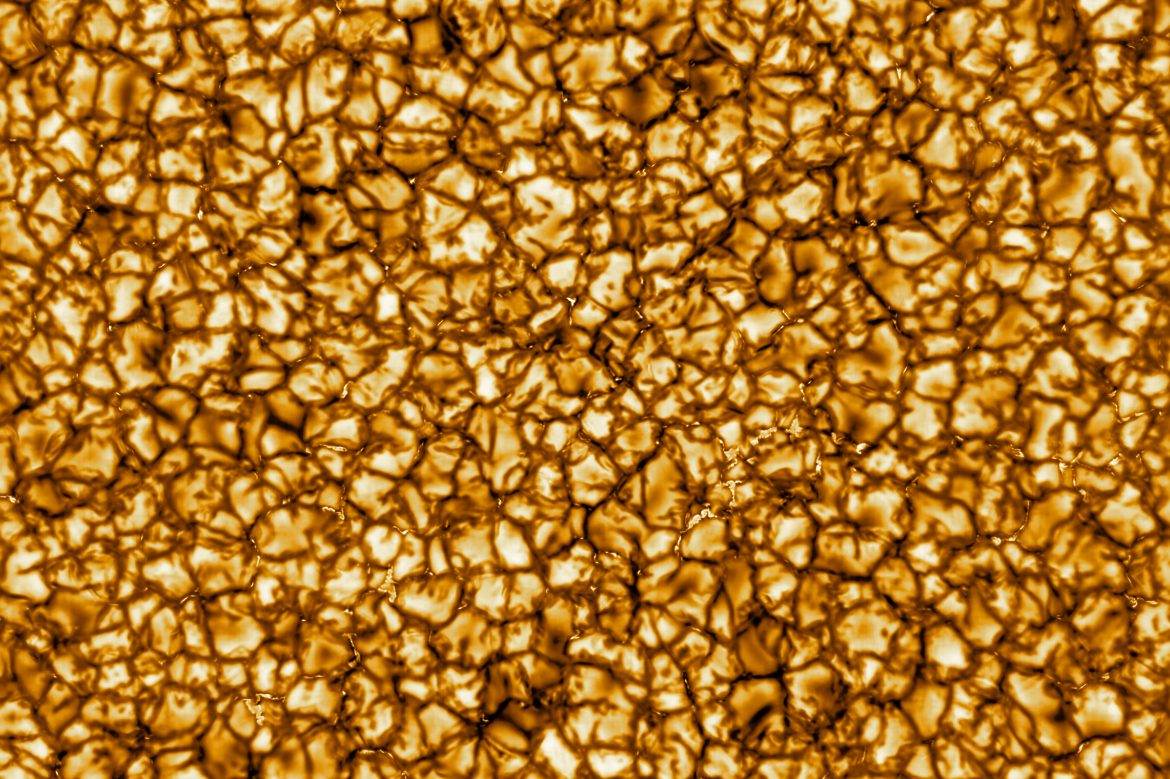
Portrait of the Sun
Scientists obtained our Sun’s most detailed and clear photographs to date, with the help of NSF’s (National Science Foundation) Inouye Solar Telescope. Details of the solar surface, revealed by Inouye’s first images, can provide important details for scientists.
The image shows a turbulent pattern of “boiling” plasma covering the entire surface of the Sun, the very star that is indispensable for the presence of our planet -and us on it, of course. Each of the cell-like structures is about the size of Turkey and is the result of violent motions that carry heat from the Sun’s inside parts all the way to its surface. Hot solar plasma rises in the bright centres of “cells”, then cools, and finally, sinks below the surface in dark borders. This process is known as convection.
Astronomers, with the help of such detailed and clear images of the Sun, hope to improve their understanding of this process in order to estimate the sudden changes and shifts in “space climate” – which is a term used to identify the Sun’s activity, which can have an impact on certain systems on Earthly.
Astronomers determined that the solar storms are actually caused by the movement of solar plasma, as the motions of this plasma cause the Sun’s magnetic fields to twist and tangle. Therefore, measuring and characterising the Sun’s magnetic field is crucial for studying the causes of potentially harmful solar activity.
This is exactly why the Inouye Solar Telescope on Hawaii’s Maui island is of great importance. As the construction process of this solar telescope (which is currently the largest in the world, with its diameter of 4 metres) progresses, most of the devices will become online, increasing its capability to reveal what is going on in our star.
REFERENCES
- 1. https://www.nsf.gov/news/news_images.jsp?cntn_id=299908&org=NSF
- 2. https://phys.org/news/2020-01-nsf-solar-telescope-images-sun.html
